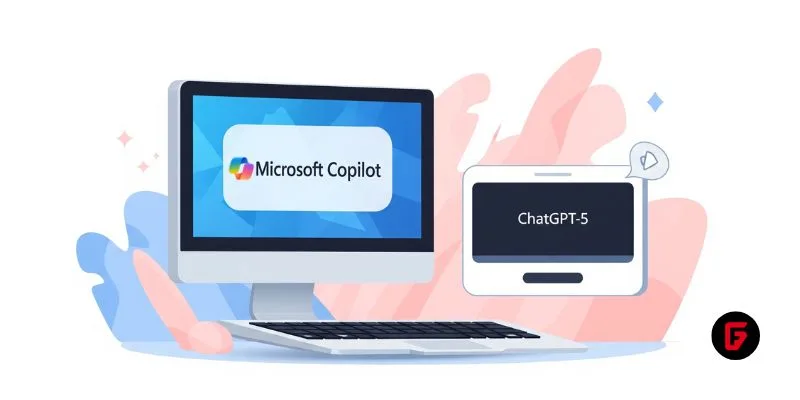By futureTEKnow | Editorial Team
Europe’s automotive sector is accelerating into the future, and the numbers prove it: in 2024, the industry installed an impressive 23,000 new industrial robots—far outpacing North America’s 19,200 units for the same period. This surge isn’t just about keeping up with global competitors; it’s a clear signal that European car makers are betting big on automation to drive resilience, efficiency, and innovation.
“Car makers are accounting for around a third of annual manufacturing installations in Europe,” says Takayuki Ito, President of the International Federation of Robotics.
Europe’s car manufacturing is among the most automated on the planet. In 2023, six European countries ranked in the global top ten for robot density in automotive plants. Switzerland leads the world with a staggering 3,876 robots per 10,000 factory workers. Other EU nations—Slovenia, Germany, Austria, Finland, and the Benelux region—follow closely, each boasting over 1,100 robots per 10,000 workers.
Here’s how the top performers stack up:
| Country | Robots per 10,000 Workers (2023) |
|---|---|
| Switzerland | 3,876 |
| Slovenia | 1,762 |
| Germany | 1,492 |
| Austria | 1,412 |
| Finland | 1,288 |
| Benelux | 1,132 |
Germany stands out as Europe’s automation hub, accounting for about 30% of all new robot installations in the region.
Italy follows with 10%, and Spain with around 6%.
This leadership isn’t limited to the automotive sector. In 2024, the EU27 countries were responsible for approximately 85% of all industrial robot installations across all sectors in Europe.
Resilience in Uncertain Times: As global supply chains face new challenges, automation is helping European manufacturers adapt and thrive.
Competitiveness: High robot density enables faster production, higher quality, and the flexibility to innovate—key ingredients for staying ahead in the global market.
Government and Industry Collaboration: Ongoing discussions, like those at the IFR Executive Round Table, focus on how policy and investment can further strengthen Europe’s position.
Between 2019 and 2024, Europe’s automotive robot installations grew at a compound annual growth rate (CAGR) of 3%. This steady climb underscores a long-term commitment to automation—not just as a cost-saving measure, but as a strategic move to future-proof the industry.
As the conversation shifts from “if” to “how much” automation is needed, European car makers are setting the pace for the rest of the world. With AI, robotics, and smart manufacturing converging, the continent’s automotive sector is poised to remain a global innovation leader.
Europe’s automotive industry isn’t just installing more robots—it’s building a blueprint for the future of manufacturing, where resilience, efficiency, and innovation are powered by automation.
Founded in 2018, futureTEKnow is a global database dedicated to capturing the world’s most innovative companies utilizing emerging technologies across five key sectors: Artificial Intelligence (AI), immersive technologies (MR, AR, VR), blockchain, robotics, and the space industry. Initially launched as a social media platform to share technology news, futureTEKnow quickly evolved into a comprehensive resource hub, spotlighting the latest advancements and groundbreaking startups shaping the future of tech.

Bridgit Mendler’s Northwood Space is pioneering mass-produced ground stations, enabling scalable, high-speed connectivity for the new era of satellite networks and megaconstellations.

SpaceX aims to nearly double launches from Vandenberg in 2025, facing support from federal agencies but strong objections from the state and local communities.

Traditional Medicare will pilot AI-assisted prior authorization in 2026 across six states, focusing on high-risk outpatient services. Clinicians retain final say, but incentives and access concerns loom as CMS tests fraud reduction and “gold card” exemptions. Here’s what providers and patients should know.

OpenArt’s new “one-click story” compresses scripting, visuals, and edits into ready-to-post short videos—fueling viral growth and a fresh IP debate. We break down how it works, adoption signals, what’s next (multi-character, mobile), and practical guardrails creators and brands should follow to stay original and compliant.

OpenAI’s o3 swept the Kaggle AI chess tournament, defeating xAI’s Grok 4–0. The victory fueled the intense rivalry between Altman and Musk, reshaping AI benchmarks.

NASA and Google’s AI-powered Crew Medical Officer Digital Assistant enables autonomous diagnoses for astronauts on Mars missions, redefining remote healthcare for space and Earth.

Pinterest’s CEO confirms that fully agentic AI shopping is years away, as the platform invests in AI-powered tools to enhance discovery, inspiration, and personalized shopping experiences for millions.

Shopify’s new AI shopping tools are transforming e-commerce, letting agents and chatbots deliver smooth, personalized shopping and checkout experiences across platforms. Learn how these innovations reshape online retail.

Meta has acquired WaveForms AI, a startup pioneering emotion-detecting voice technology. Learn what this means for Meta’s AI voice ambitions and the future of AI audio.

Tracelight is revolutionizing financial modelling for finance professionals with AI-powered Excel tools that automate complex tasks, reduce errors, and unlock new analysis capabilities. Learn how this next-gen solution changes the future of spreadsheets.

China’s Lanyue lander completed its first major test, showcasing advanced engineering for safe, crewed moon landings before 2030. Explore how this milestone shapes the space race.

Microsoft rolls out GPT-5 across its Copilot suite, integrating smarter AI for enterprise and personal users. Discover new features, free access, and what sets this launch apart.
To provide the best experiences, we use technologies like cookies to store and/or access device information. Consenting to these technologies will allow us to process data such as browsing behavior or unique IDs on this site. Thanks for visiting futureTEKnow.